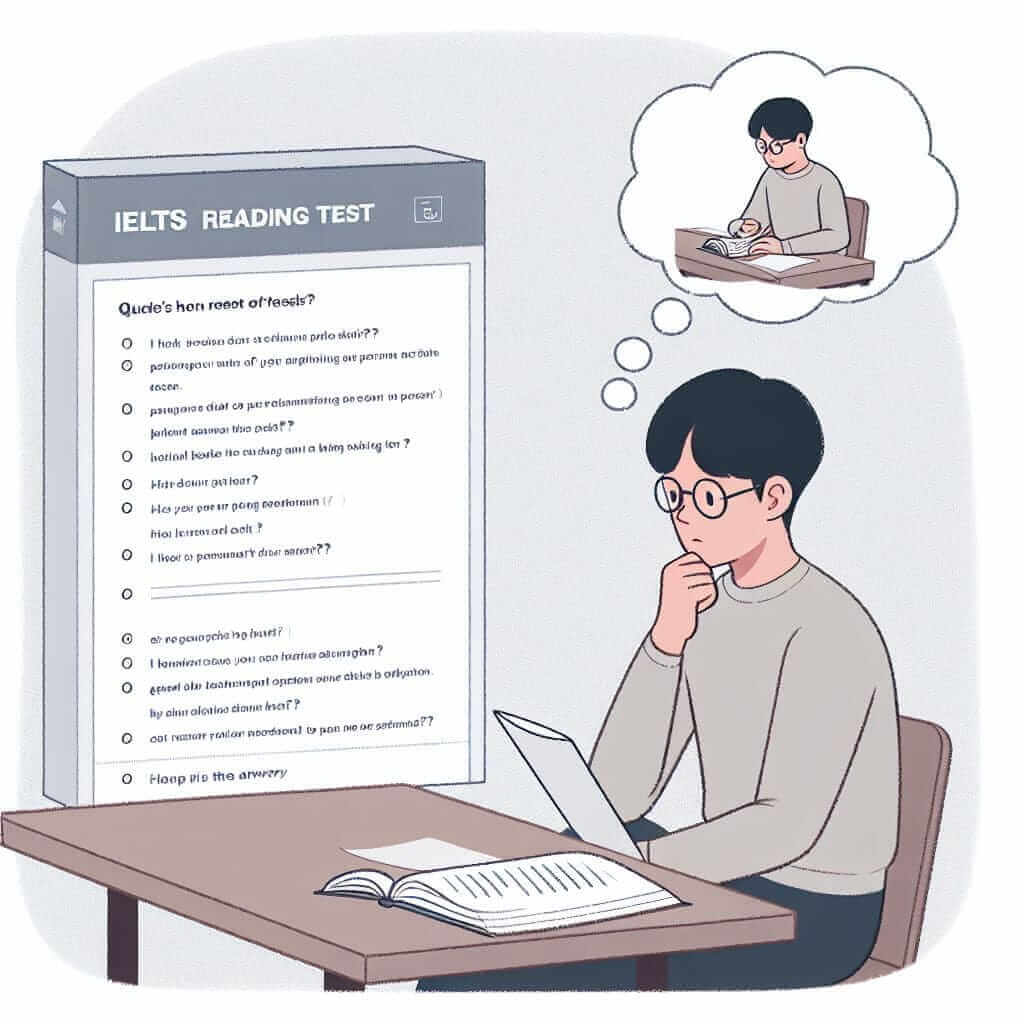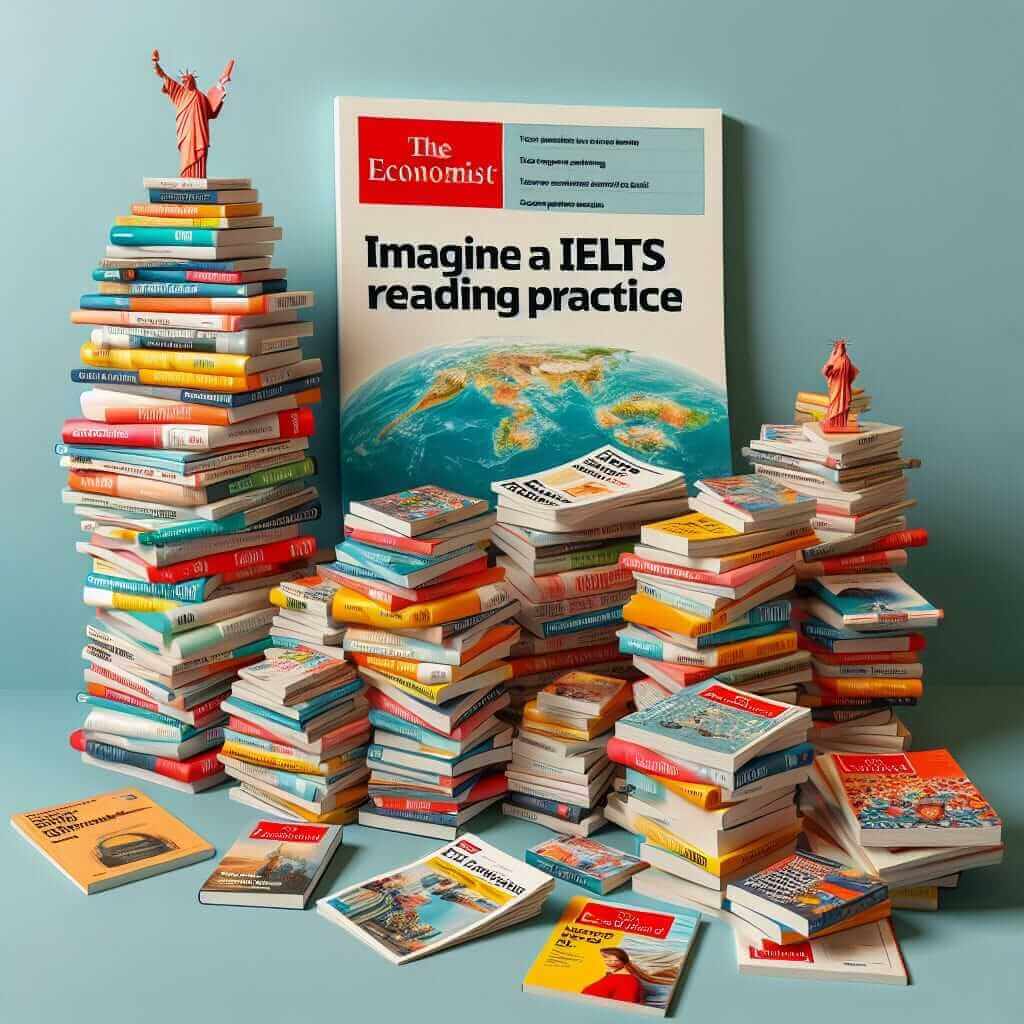The Importance of Mastering IELTS Reading
The IELTS Reading test is often perceived as a challenging hurdle for many test-takers. As educators, it’s our responsibility to equip students with the skills and strategies needed to navigate this section confidently. Effective teaching goes beyond merely explaining the test format; it requires a deep understanding of reading comprehension principles, the ability to break down complex texts, and the art of instilling confidence in students.
Nội dung bài viết
- The Importance of Mastering IELTS Reading
- Understanding the IELTS Reading Test
- Test Format:
- Skills Assessed:
- Effective Teaching Strategies
- 1. Build a Strong Foundation
- 2. Introduce Different Question Types Strategically
- 3. Practice with Authentic Materials
- 4. Develop Critical Thinking Skills
- Example: Teaching “True/False/Not Given” Questions
- Conclusion
Understanding the IELTS Reading Test
Before diving into teaching methodologies, it’s crucial to have a firm grasp of the test itself:
Test Format:
- 3 Sections: Each section features a long-form text.
- Text Types: Academic in nature, sourced from journals, books, magazines, etc.
- Question Types: A variety: multiple choice, sentence completion, matching headings, identifying information, True/False/Not Given, etc.
Skills Assessed:
- Skimming and Scanning: Quickly finding specific information.
- Understanding Main Ideas and Details: Identifying key points and supporting information.
- Inferring Meaning: Drawing conclusions based on evidence in the text.
- Vocabulary in Context: Understanding word meanings within a passage.
Effective Teaching Strategies
Here’s where years of experience translate into practical advice for educators:
1. Build a Strong Foundation
- Vocabulary Enhancement: Dedicate time to vocabulary building. Focus on common IELTS themes and academic vocabulary. Encourage contextual learning through reading.
- Grammar Fundamentals: A strong grammatical base is essential for accurate comprehension. Address common grammatical errors and their impact on understanding.
- Active Reading Habits: Train students to engage actively with the text by highlighting keywords, annotating, and summarizing paragraphs.
2. Introduce Different Question Types Strategically
- Gradual Introduction: Start with easier question types (e.g., identifying information) and gradually progress to more challenging ones (e.g., True/False/Not Given).
- Question-Specific Strategies: Explain the logic and approach required for each question type. Provide ample practice exercises.
- Recognizing Distractors: Teach students how to identify common distractors within questions and answer choices.
3. Practice with Authentic Materials
- Use Past Papers: Familiarize students with the style, language, and difficulty level of the actual IELTS test.
- Diverse Reading Resources: Supplement practice with articles, excerpts, or reports related to common IELTS themes.
- Time Management: Emphasize the importance of timing. Conduct timed practice sessions to simulate exam conditions.
4. Develop Critical Thinking Skills
- Text Analysis: Encourage students to identify the author’s purpose, tone, and intended audience.
- Inference and Deduction: Train students to draw logical conclusions from the information provided, even if it’s not explicitly stated.
- Evidence-Based Answers: Emphasize the need to support answers with direct evidence from the text.
 IELTS Reading Practice Questions
IELTS Reading Practice Questions
Example: Teaching “True/False/Not Given” Questions
This question type often trips up students. Here’s a breakdown:
- Explain the Difference: Clearly distinguish between “True” (information matches the text), “False” (information contradicts the text), and “Not Given” (information is not mentioned in the text).
- Keyword Focus: Teach students to identify keywords in both the statements and the text to determine the relationship.
- Avoid Assumptions: Emphasize that “Not Given” means the information is not explicitly stated, even if it seems logical.
- Practice, Practice, Practice: Provide numerous examples and encourage students to explain their reasoning.
Conclusion
Teaching IELTS Reading effectively requires a multifaceted approach that combines language development, exam strategy training, and critical thinking skills development. By equipping students with these tools and fostering a positive learning environment, we can empower them to achieve their desired IELTS scores. Remember, patience, encouragement, and consistent practice are key!


